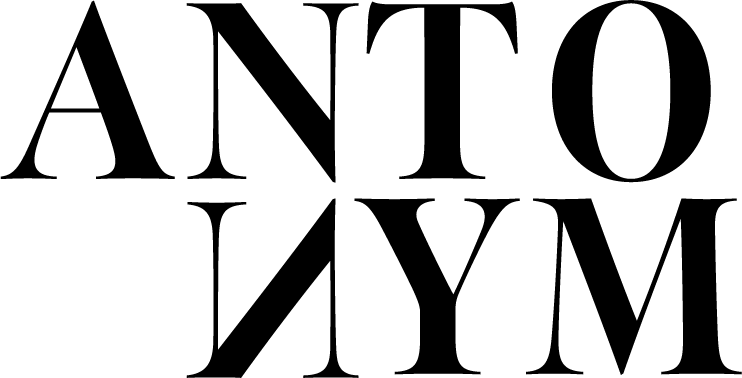Ghostwriting for executives
Angela Deane: Ghosts in the Guggenheim
The business of being you is an essential (and unavoidable) part of modern professional life.
The business of being you is an essential (and unavoidable) part of modern professional life. However, tireless self-promotion is a talent of the gifted few, and outside help can keep your voice vital and relevant. In addition to our brand voice strategy and copywriting work for lifestyle brands, Antonym helps individuals who have a lot to say but don’t always have a lot of time to say it.
Antonym works as a trusted aide and ghostwriter for C-suite executives, brand leaders, and founders. We create deliverables such as social posts, articles, press releases, white papers, blogs, conference presentations, pitch decks, website copy, bios, outreach emails, and award nominations.
But before we get to all that, some table-setting is in order. When engaged as an “executive ghost,” we essentially build a style guide for a person. Our job is to absorb and amplify a person’s presence in the world, and it takes trust and time to synch the right tone.
Here’s how we start:
Schedule a proper intake session. Before we start any engagement, we establish big-picture goals by getting practically existential in the initial sitdown. What are the big themes? What are your immediate, short-term, and long-term goals? What do you want people to think when they read your words and hear your voice?
Identify preferred words and phrases. We all have a particular lingua franca, a way of communication entirely ours. While in conversation, or reading prior correspondence, Antonym carefully observes sentence structure and cadence. We catalog words, turns of phrase, charming quirks, and thought patterns that capture the person’s signature communication style.
Create a reference sheet of language to avoid. What are the buzzwords and phrases you should stay away from? Often, people can summon their linguistic dislikes easier than their likes, so we just ask. The list doesn’t have to be comprehensive, but it will give us a sense of tonal pitfalls, clichés, legal and brand concerns, and other assorted no-nos.
Follow the people they follow. It is a perfect way to immerse ourselves in the client’s world. We see the exchange of ideas, the celebrations of success, and trends and commentary among peers and leaders. It’s an easy way to see what’s important to them and provide a model to establish them as part of the conversation.
Get in the mood. When we communicate, we bring our whole selves in ways we don’t fully realize. We ask what kind of music your client listens to, what they read for fun, how they spent their weekend, what creative works they enjoy, and what their interests are outside of work. This background information can seem tangential, but we find it essential.
Schedule check-ins like editorial meetings. We like to think of open-ended ghostwriting partnerships with an editor’s lens as if we’re creating a magazine about your professional life. Each status meeting follows a journalistic cadence. What are the stories coming up? Do you want to do a timely op-ed? When should we talk about a product launch or team achievement?
Be deliberate. People give us their voice, in a way, and that act of faith takes time to establish. Consistent and frequent tone checks, approvals, and adjustments help build that trust. Going over everything with a microscope in the early stages dramatically smooths the process later.
Interested to see how we lift the load for personal branding? Let’s have a seance.

